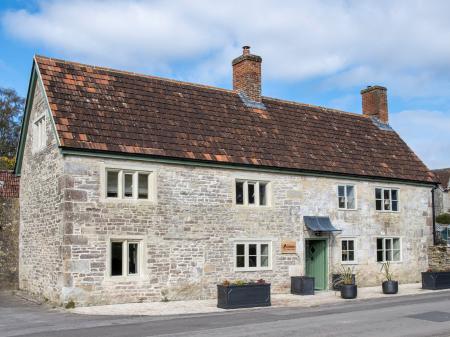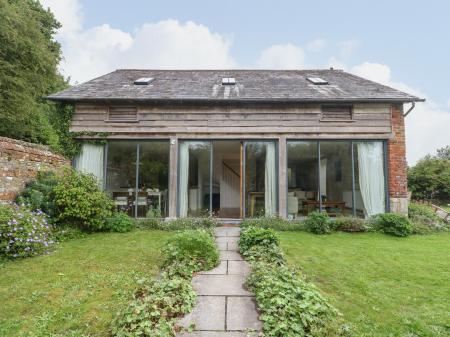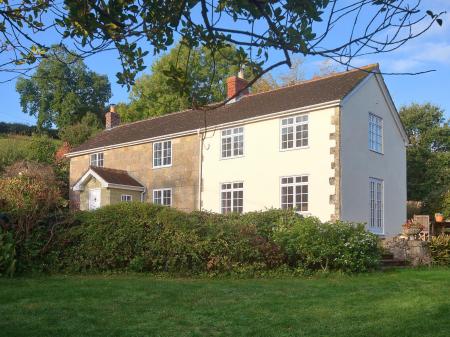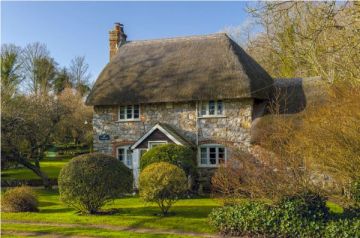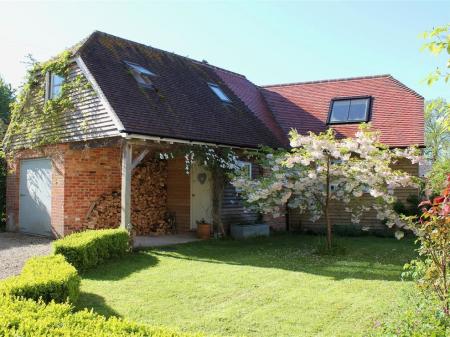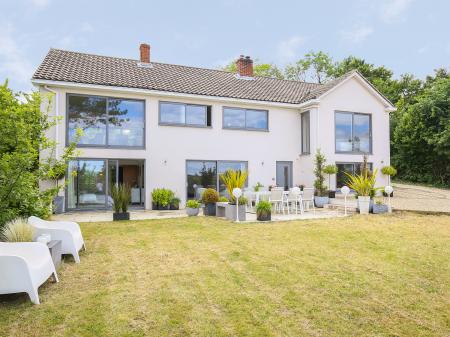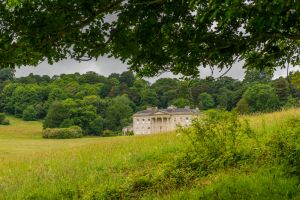
The original house on the site was built in the 17th century and had been owned by the Wyndham family since 1689.
The house is composed of a two-storey rectangular block of nine bays, with a service courtyard and stables behind. It is built of limestone ashlar under a roof of Welsh slate. Philipps House is set in attractive parkland which offers a number of woodland walks in a peaceful setting.
Philipps House was among the first houses in England to be built with a central heating system, with hot air supplied by a boiler in the basement and routed by pumps into the stairwell.
The Wyndham family fell on hard times and were forced to sell the property in 1917. Bertram Philipps purchased the property and named the house, but not the parkland, after himself. Philipps later rented the house to the YWCA and moved to nearby Hyde's House, where he lived until his death in 1943.
Mr Philipps bequeathed the house and surrounding parkland to the National Trust. However, there was a catch; the house had to be leased to the YWCA as long as they wanted it, for a token 'peppercorn rent'. The YWCA used Philipps House as an artist's retreat, offering art courses and space for studios. The YWCA left in 1995, and the National Trust restored the house to residential use and leased the house to a tenant.
Since the house is tenanted it is rarely open to the public, but it's a different story for the surrounding parkland. Below the house spread out open grasslands dotted with trees, leading down to a large ornamental lake where swans swim at leisure. Paths cut through the tall grass make Dinton Park a delight for walkers, with wide-ranging views that take in Salisbury Cathedral on a clear day.
It is fascinating to see the rolling grasslands of the park today and realise that during WWII the park was home to the US Army and Nissen huts dotted the parkland like so many mushrooms.
Visiting
There is a small parking area directly below the Dinton parish church on St Mary's Road, off the B3089 at the western edge of the village. From the parking area, a trail leads to the parkland below the house, which you can spot on the hill above to your right.
To your left is the ornamental lake, and half-hidden in the trees to your right is Hyde's House (not open to the public), where Bertram Philipps lived until his death.
One thing I was hoping to find was an information panel or map of the parkland. Unfortunately, there are no useful maps or other signs to help you navigate the park, which is a real shame. That said, it is hard to go wrong if you stick to the lovely, open grassland.
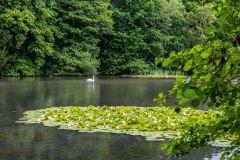
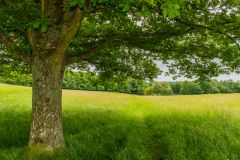

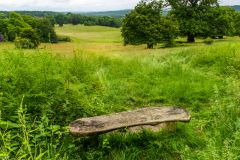
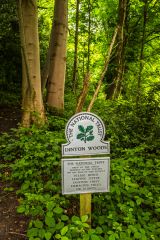
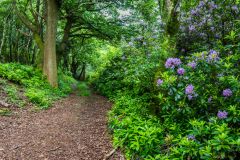
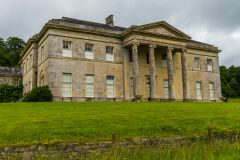
 We've 'tagged' this attraction information to help you find related historic attractions and learn more about major time periods mentioned.
We've 'tagged' this attraction information to help you find related historic attractions and learn more about major time periods mentioned.